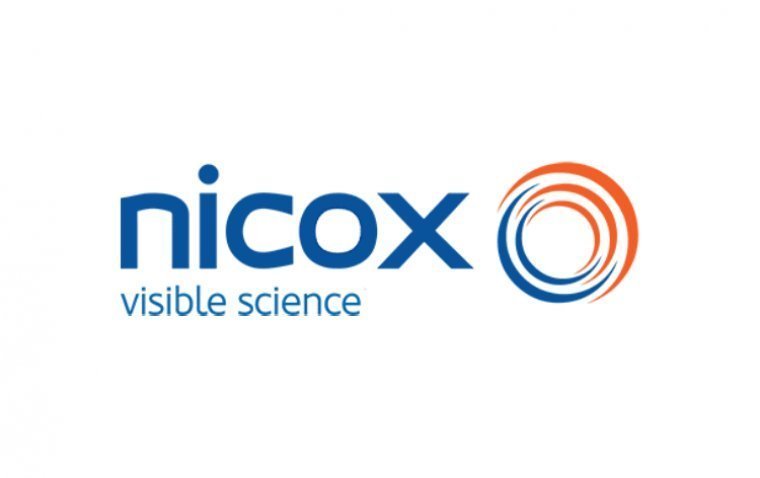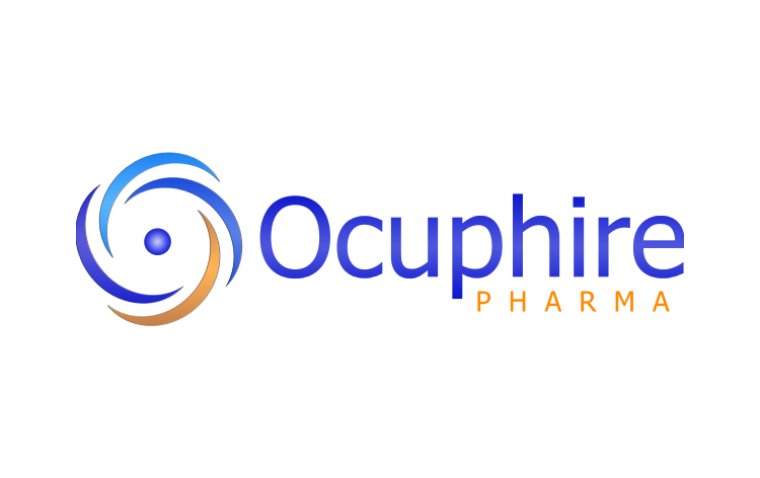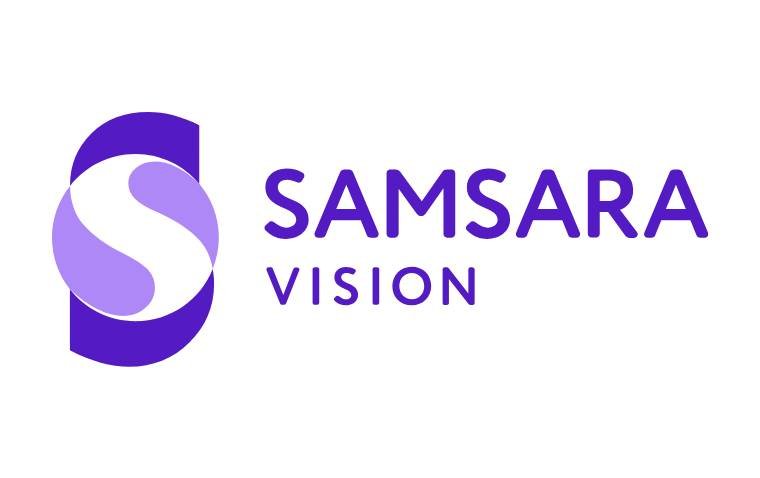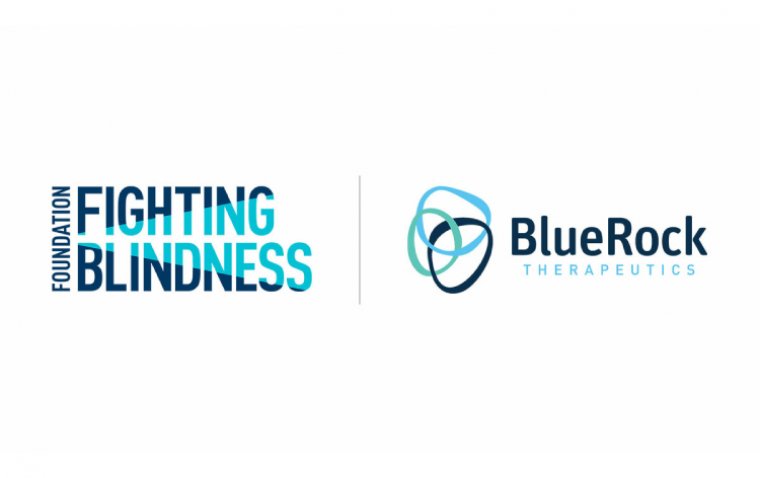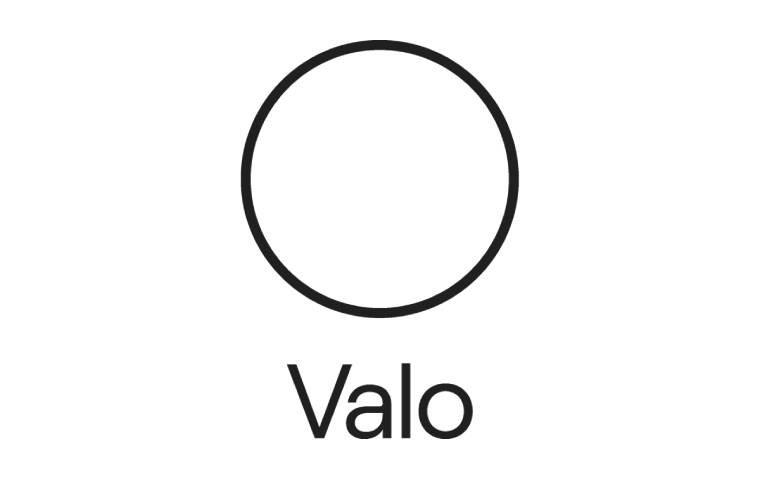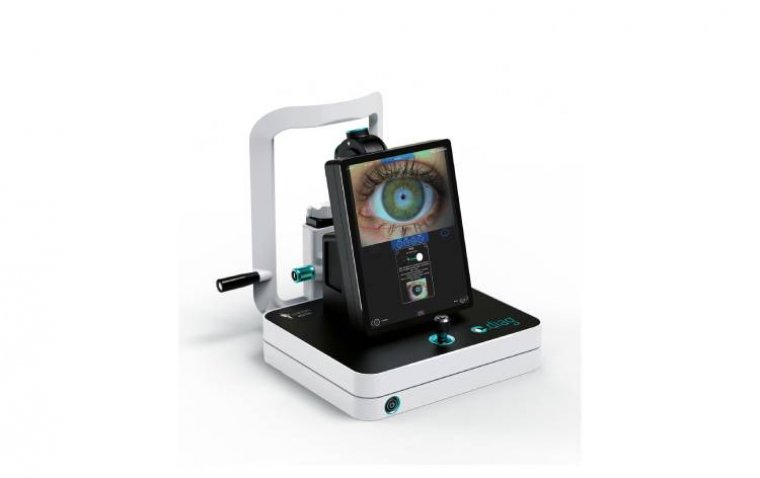
Lumibird Introduces C.DIAG: Novel Dry Eye Diagnostic Aid Platform
Lumibird Medical has unveiled its latest innovation, the C.DIAG, marking a significant advancement in dry eye diagnostic technology. Integrated with AI algorithms, this new component of the C.SUITE is designed to enable the diagnosis, treatment, and education of dry eye patients.
Automated Diagnostic Precision
Describing the C.DIAG as "the most complete on the market," Delphine Southon, Dry Eye Product Manager at Lumibird, highlighted its automated diagnostic capabilities. The platform integrates multiple examinations, including transillumination meibography, along with an autofocus HD camera, ensuring unparalleled image quality and delivering automatic, accurate, and reproducible results.
Harnessing the Power of Artificial Intelligence
Lumibird's C.DIAG leverages AI algorithms derived from over 1 million clinically validated images, enhancing diagnostic accuracy and efficiency. This integration of AI technology represents a significant leap forward in the field of dry eye diagnosis, enabling healthcare professionals to make more informed treatment decisions.
Comprehensive Suite for Dry Eye Management
The introduction of the C.DIAG marks the third feature of Lumibird's comprehensive C.SUITE, complementing the existing capabilities to diagnose with C.DIAG, treat with C.STIM, and educate patients about DED. This holistic approach underscores Lumibird's commitment to providing healthcare professionals with advanced tools to address the multifaceted challenges of dry eye management.
About Dry Eye Disease
Dry eye disease (DED) is a common ocular condition characterized by a disruption in the quantity or quality of tears, leading to symptoms such as ocular discomfort, irritation, and blurred vision. It can result from various factors, including environmental triggers, aging, hormonal changes, and certain medical conditions or medications. DED often arises from an imbalance in tear production and drainage, causing the eyes to become insufficiently lubricated and leading to inflammation of the ocular surface. While it may seem like a minor inconvenience, untreated DED can significantly impact quality of life, affecting daily activities such as reading, driving, and using digital devices.
Effective management of DED typically involves a combination of lifestyle modifications, artificial tear supplements, prescription medications, and in some cases, advanced interventions such as tear duct plugs or specialized eye procedures. Early detection and tailored treatment approaches are crucial in alleviating symptoms and preserving ocular health for individuals affected by dry eye disease.
(1).jpg)

